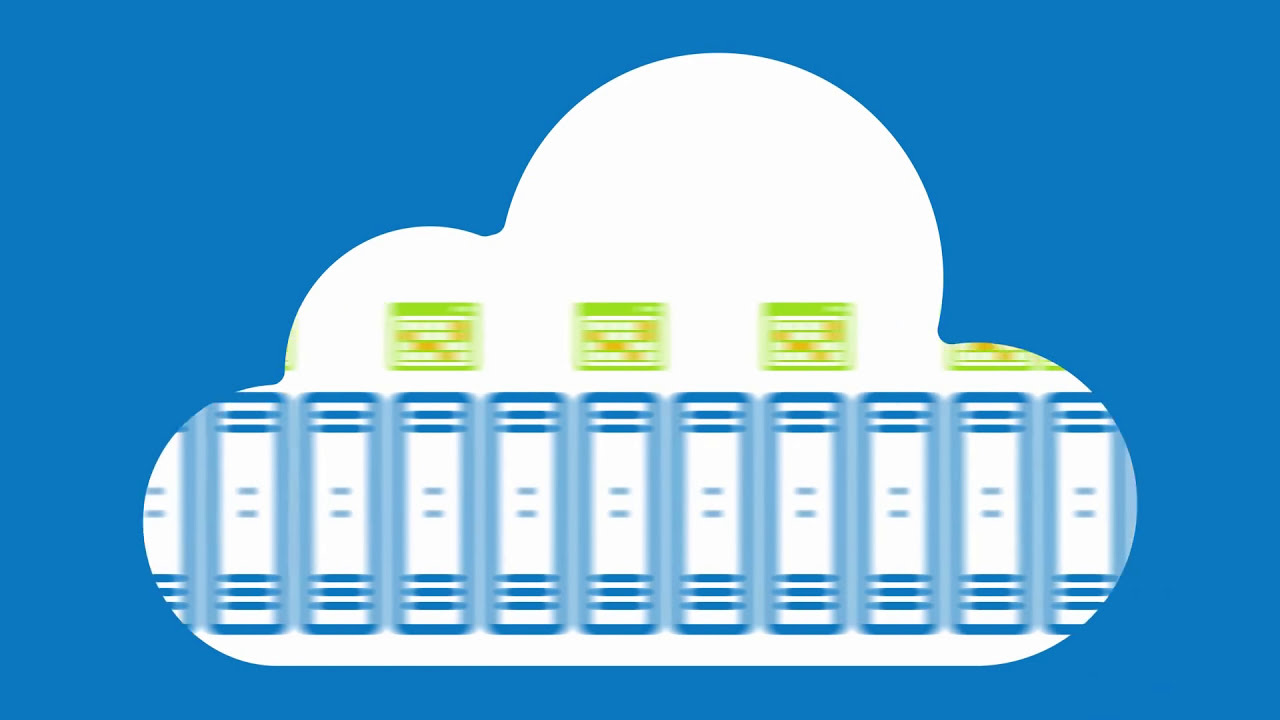Hybrid cloud is a term used to describe the combination of public and private cloud computing. It is a solution that uses the advantages of both public and private clouds, allowing organizations to manage their workload in a more agile and cost-effective manner.
In this article, we will take a closer look at the concept of hybrid cloud example by English, including its benefits, limitations, case studies, comparisons, and advice. We will also answer some frequently asked questions about hybrid cloud.
Benefits of Hybrid Cloud Example
- Improved Flexibility: One of the main benefits of hybrid cloud example by English is that it provides better flexibility for businesses. By combining public and private cloud services, organizations can easily move workloads between different environments, depending on their specific needs.
- Cost Savings: Another advantage of hybrid cloud is that it allows businesses to save on IT costs. With a hybrid cloud solution, companies can use public clouds for non-critical workloads, while reserving their private clouds for more sensitive data and mission-critical applications.
- Scalability: Hybrid cloud solutions provide businesses with the ability to scale up or down as needed. This means that they can quickly and easily respond to changing market demands and business needs.
- Security: A hybrid cloud solution can help improve security by providing greater control over data and applications. This is because businesses can keep their most important data and applications on their private clouds, while using public clouds for less sensitive information.
- Disaster Recovery: With a hybrid cloud solution, businesses can ensure that their critical data is always available, even in the event of a disaster. This is because they can store backups and replicas of their data in multiple locations, including both public and private clouds.
Limitations of Hybrid Cloud Example
- Complexity: Implementing a hybrid cloud solution can be challenging, as it requires businesses to integrate multiple platforms and services. This can be especially difficult for organizations that lack the necessary IT expertise.
- Data Integration: Hybrid cloud solutions require effective data integration to ensure seamless operation between public and private clouds. This can be challenging due to the differences in data formats, structures, and protocols used by different cloud providers.
- Security Risks: Hybrid cloud solutions can also pose security risks, as they involve sharing sensitive data across multiple platforms and environments. This requires careful planning and management to ensure that data is properly protected.
- Compliance Issues: Compliance with legal and regulatory requirements can be a challenge for businesses using hybrid cloud solutions. Different cloud providers may have different compliance standards and certifications, making it difficult for organizations to ensure they are meeting all relevant requirements.
- Cost: While hybrid cloud solutions can provide cost savings, they can also be expensive to implement and manage. Businesses must carefully consider their budget and resources before deciding to adopt a hybrid cloud solution.
Case Studies for Hybrid Cloud Example
- Netflix: The popular streaming service uses a hybrid cloud solution to distribute its content across multiple regions. By using both public and private clouds, Netflix is able to provide fast and reliable streaming to millions of users worldwide.
- BMW: The automobile manufacturer uses a hybrid cloud solution to manage its global supply chain. By using public clouds for non-critical workloads and private clouds for sensitive data, BMW is able to streamline its operations and improve efficiency.
- Pearson: The education company uses a hybrid cloud solution to deliver its online learning platform. By using public clouds for its non-sensitive data and private clouds for student data, Pearson is able to provide a secure and reliable service to millions of students worldwide.
Comparisons for Hybrid Cloud Example
- Public Cloud vs. Private Cloud: Public clouds are owned and managed by third-party providers, while private clouds are owned and managed by individual organizations. Hybrid clouds use a combination of both, providing greater flexibility and control.
- Hybrid Cloud vs. Multi-Cloud: While hybrid clouds combine public and private clouds, multi-clouds use multiple public clouds to distribute workloads across different regions and providers.
- Hybrid Cloud vs. On-Premises: On-premises solutions involve hosting data and applications on local servers, while hybrid clouds use a combination of local and cloud-based resources.
Advice for Hybrid Cloud Example
- Plan Carefully: Implementing a hybrid cloud solution requires careful planning and management. Businesses must identify their specific needs and goals before deciding on a hybrid cloud strategy.
- Choose the Right Providers: Businesses must choose their cloud providers carefully, ensuring that they meet all relevant compliance standards and certifications.
- Train Staff: IT staff must be trained on how to manage and operate a hybrid cloud solution effectively. This includes understanding how to integrate multiple platforms and services, as well as how to manage data security and compliance.
- Monitor Performance: Businesses must monitor the performance of their hybrid cloud solution regularly, identifying any issues or areas for improvement.
- Continuously Iterate: Hybrid cloud solutions require continuous iteration and improvement to ensure that they remain relevant and effective. Businesses must be prepared to update their hybrid cloud strategy as needed to keep up with evolving business needs and technology trends.
FAQ for Hybrid Cloud Example
What is a hybrid cloud example?
A hybrid cloud example is a combination of public and private cloud computing, allowing organizations to manage their workload in a more agile and cost-effective manner.
Why do businesses use hybrid cloud solutions?
Businesses use hybrid cloud solutions to take advantage of the benefits of both public and private clouds. This includes improved flexibility, cost savings, scalability, security, and disaster recovery.
What are the challenges of implementing a hybrid cloud solution?
Implementing a hybrid cloud solution can be challenging due to its complexity, data integration requirements, security risks, compliance issues, and cost considerations.
How can businesses ensure the security of their hybrid cloud solution?
Businesses can ensure the security of their hybrid cloud solution by carefully managing access to sensitive data, encrypting data in transit and at rest, monitoring for unusual activity, and regularly testing their security measures.
What providers offer hybrid cloud services?
Many cloud providers offer hybrid cloud services, including Amazon Web Services, Microsoft Azure, Google Cloud Platform, and IBM Cloud.
Conclusion
Hybrid cloud example by English provides many benefits for businesses, including improved flexibility, cost savings, scalability, security, and disaster recovery. However, it also poses challenges, such as its complexity, data integration requirements, security risks, compliance issues, and cost considerations. By carefully planning and managing their hybrid cloud solution, businesses can take advantage of its many benefits while overcoming these challenges and achieving their goals.




